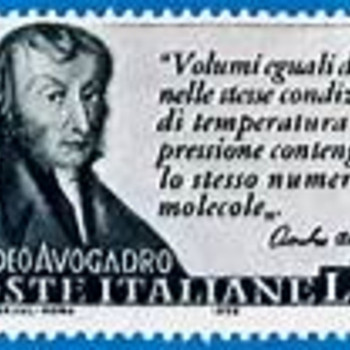A #5.00*g# mass of #"sodium bicarbonate"# requires WHAT volume of #3.00*mol*L^-1# #HCl# for stoichiometric equivalence?
1 Answer
We need (i) a stoichiometric equation.....and (ii) we need approx.
Explanation:
And thus (ii) there is 1:1 molar equivalence between hydrochloric acid and sodium bicarbonate.
Of course we are not done. We have to work out the number of moles of sodium bicarbonate and hydrochloric acid.
We know that
And we know that
So....
And given the equation, I need an equivalent quantity of
i.e.
Since there are
This does seem a lot of work. But the answer depends on the two defining equations, i.e.
Just on the relationship between
We know that

